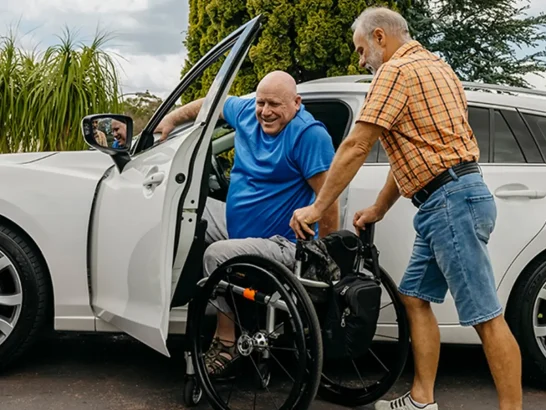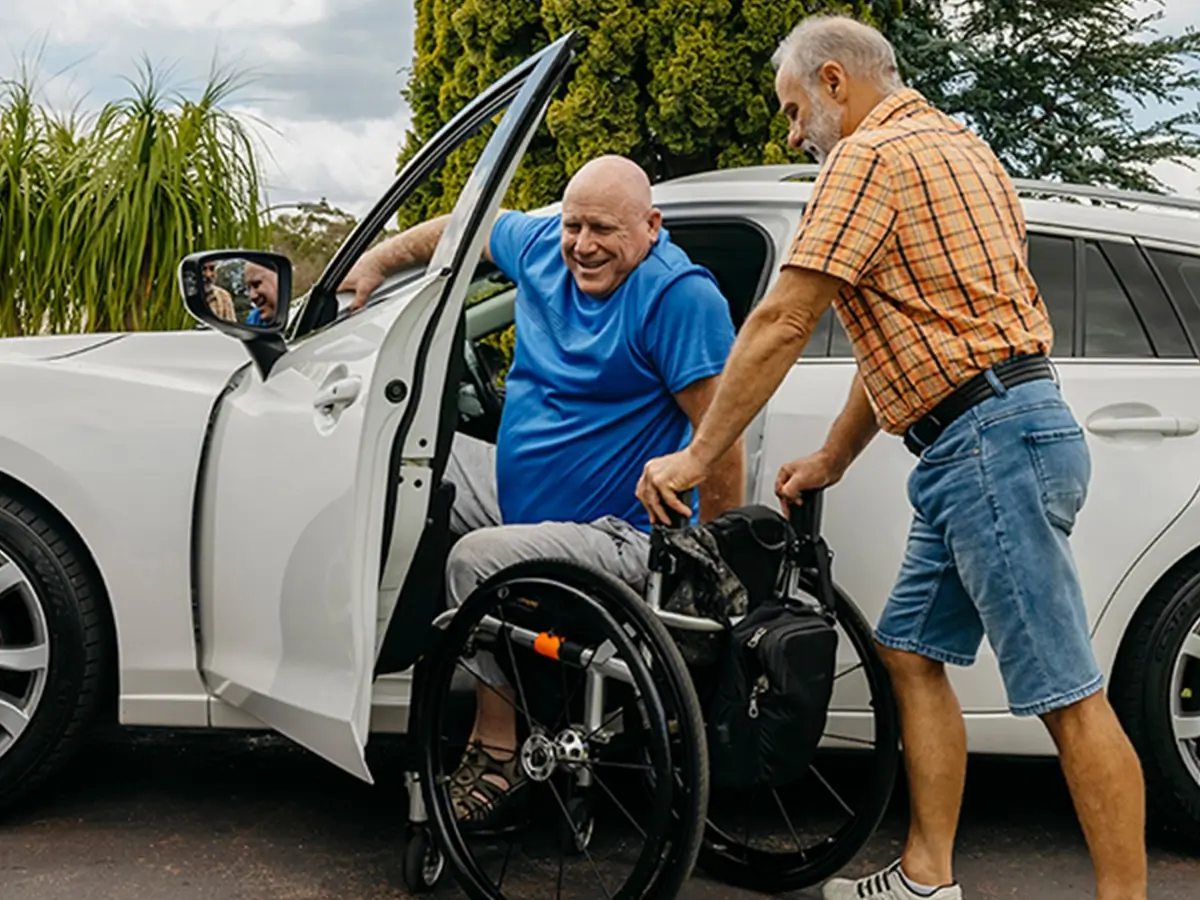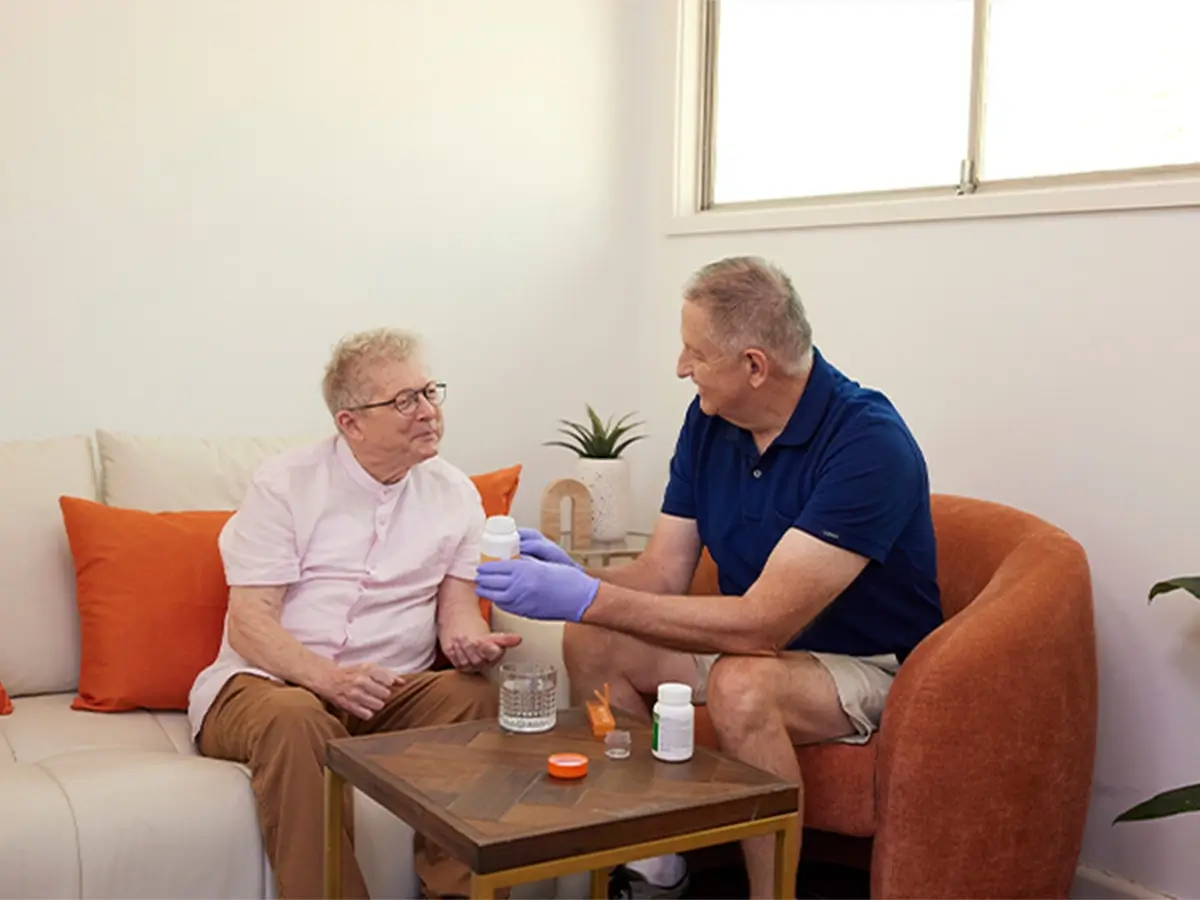If you have a medical condition or disability that affects your mobility or vision, a mobility parking permit can help you go about your daily life and stay connected with your community.
Also known as a disability parking permit, this permit allows you to park for a longer period in a designated disability parking space (where you see the International Wheelchair Symbol) without getting a fine.
What is a mobility parking permit?
If you’re eligible, you can apply for a mobility or disability parking permit to display in your car when parked in a disability-friendly parking spot.
There are generally two types of permits you can apply for:
- Individual – issued for a set number of years if you have a permanent disability
- Temporary – issued for a certain number of months if you have a temporary disability.
Depending on which state or territory you live in, there may be different eligibility requirements, application processes and parking concessions.
Who can apply for a mobility parking permit?
National standards for parking permits are set out under the Australian Disability Parking Scheme (ADPS) to make eligibility criteria and parking concessions consistent.
Generally, you may be eligible for a permit if:
- You cannot walk because of permanent or temporary loss of use of one or both legs or other permanent medical or physical condition
- Your physical condition is detrimentally affected as a result of walking 100 metres
- You need to use crutches, a walking frame, callipers, a scooter, a wheelchair or other similar mobility aid
- You are legally blind
- You are unable to use public transport.
The condition must be permanent or expected to last for more than 6 months.
How to apply for a mobility parking permit in each state
Each Australian state and territory has its own application process for mobility parking permits, guided by national standards.
When applying, you will need to provide documentation like a medical certificate and identification. Your doctor or allied health professional may also need to fill in sections and sign the application.
You can apply online, in person, or via the post.
Queensland
There are different application forms for people with physical disability and people who are blind, and different processes depending on whether you apply online, in person, or via post.
Find out more on the Transport Queensland website.
New South Wales
You can apply in person or online by setting up a MyServiceNSW account. As part of the NSW Mobility Parking Scheme (MPS), a photo of the permit holder is included on the permit to ensure proper use.
More information is on the Service NSW website.
Victoria
There are a few different accessible parking permits available to people with disability in Victoria. The most appropriate permit will be automatically selected during the application process.
VicRoads has a dedicated support site with instructions to help you through the application.
South Australia
You can apply for a permit by completing the online application form and getting it signed by a medical practitioner.
You then need to take the completed application form to a Service SA centre and pay the fee, or post the form in.
Western Australia
The ACROD Parking Program provides residents who have a severe mobility restriction or who are legally blind with a parking permit.
You can download the form to apply online. You will also need to get your doctor or occupational therapist to help you complete it.
Tasmania
The Transport Access Scheme (TAS) looks after taxi subsidies, vehicle registration and driver’s licence concessions, and disability parking permits.
You can download an application form online or get one from a Service Tasmania centre.
Australian Capital Territory
You can apply for a permit as a driver, as a passenger in a vehicle displaying the permit, or as an organisation.
You will need to provide your ACT driver’s licence number or several documents to prove your identity. Read through the steps to apply.
Northern Territory
The disability parking permit scheme in the Northern Territory is organised through your regional council. Contact your local council and fill in their application form.
You will need your medical doctor to complete the Doctor’s Report sections on the application.
How to use your funding for transport help
Independent support workers on Mable can help transport you to see friends, attend appointments or join community events.
The cost of booking a support session that includes transport outside of your home may be subsidised as part of your NDIS or Home Care Package.
You can use Mable to find a support worker who matches your needs and interests to help you with:
- Assistance with shopping – including trips to Bunnings!
- Getting to work
- Attending social activities
- Going to church, temples, mosques etc.
- Volunteering activities
- Visiting health practitioners
- Getting to school or TAFE.
Find and book an independent support worker on Mable today.




